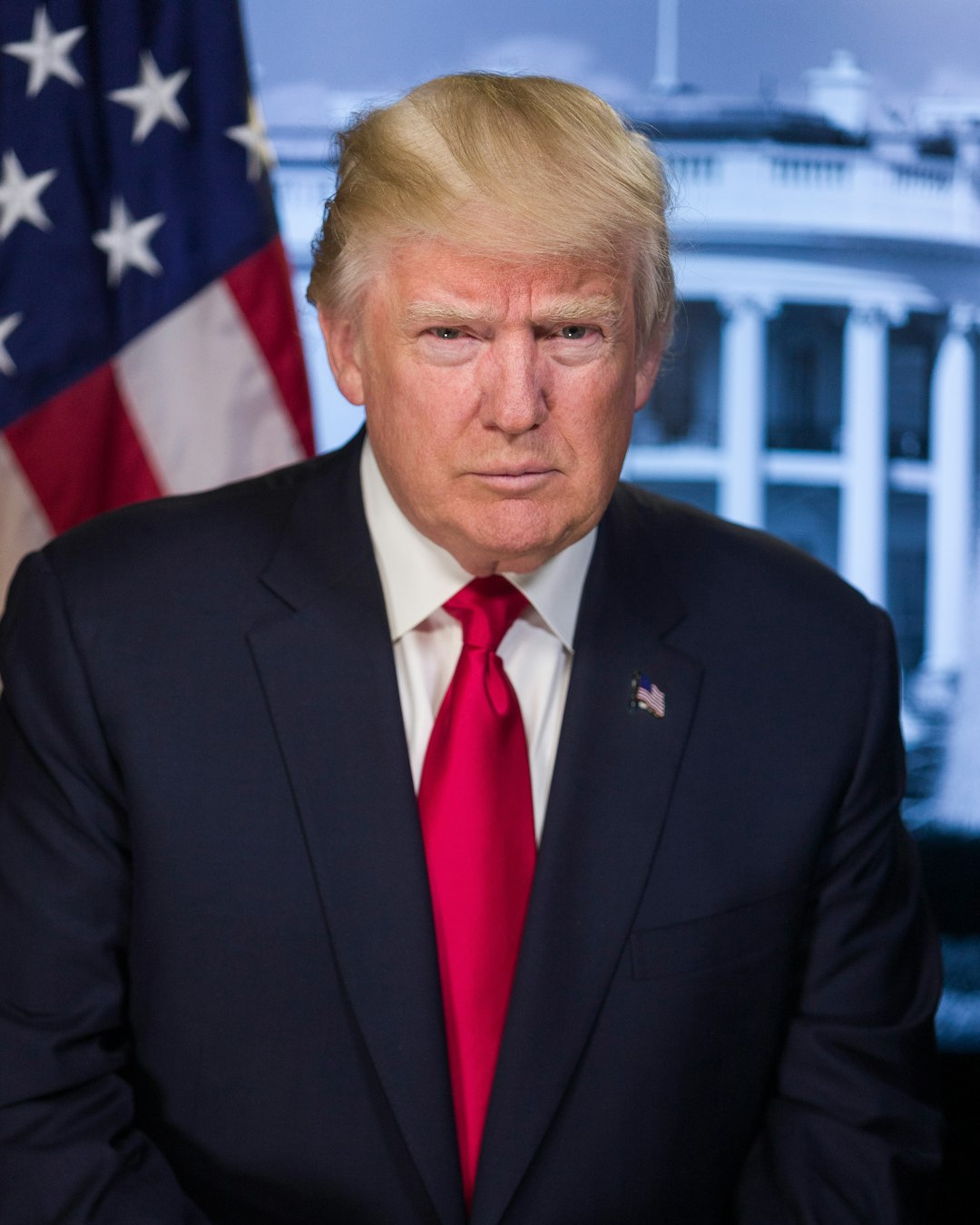
Asian stock markets took a significant hit on Monday, with European and U.S. equity futures also pointing sharply lower after President Donald Trump announced tariffs on Canada, Mexico, and China. The new tariffs have heightened concerns of a global trade war, potentially damaging economic growth worldwide.
Immediate Impact on Stock Markets and Currencies
The U.S. dollar surged to an all-time high against the Chinese yuan in offshore trading. Additionally, it reached its strongest position against Canada’s currency since 2003 and the Mexican peso since 2022, reflecting investor unease over the impact of the tariffs.
Japanese markets: Japan’s Nikkei share average plunged by 2.9%.
Australian markets: Australia’s benchmark, often used as a proxy for Chinese markets, dropped by 1.8%.
Hong Kong markets: Stocks in Hong Kong, which include Chinese company listings, slid 1.1% as trading resumed after the Lunar New Year holidays.
Global Futures Markets Tumble
European and U.S. futures were also heavily impacted. Pan-European STOXX 50 futures sank by 2.7%, while U.S. S&P 500 futures fell by 2%. Investors seem to be bracing for more volatility, especially with the uncertainty surrounding the tariffs and potential retaliations from major trading partners.
Trump’s Tariffs and Retaliation: A Brewing Trade War
Trump’s executive orders have imposed 25% tariffs on Canada and Mexico and a 10% levy on China. These tariffs were introduced with the stated goal of curbing migration flows and fentanyl trafficking into the U.S. However, the tariffs have sparked immediate responses from the affected nations:
Canada and Mexico: Both countries have vowed to retaliate.
China: The country has announced its intent to challenge these tariffs at the World Trade Organization (WTO).
These measures are expected to take effect at 12:01 a.m. ET (0501 GMT) on Tuesday, marking the beginning of what could be a drawn-out and damaging trade war between the U.S. and its key trading partners.
Economic Impact: Inflation and Stagflation Risks
Economists are warning that Trump’s tariff plan could have a major impact on both U.S. inflation and broader economic growth. According to Paul Ashworth, Senior Economist at Capital Economics, the tariffs could push inflation higher at a faster rate than anticipated, intensifying economic pressures.
Further, Greg Daco, Chief Economist at EY, predicts that the tariffs could reduce U.S. GDP growth by 1.5 percentage points in 2025 and could lead Canada and Mexico into recessions. The combined effects of inflation and slower growth may contribute to stagflation in the U.S., a concerning scenario where the economy faces both rising prices and stagnating economic activity.
How This Affects Global Markets and Key Sectors
These economic shifts could reverberate across several sectors, especially those tied to international trade and manufacturing. For those looking to stay informed about sector performance amid these turbulent times, the Sector Historical Overview API could provide valuable insights on how different sectors are impacted by trade policies.
Investors are advised to monitor the situation closely, as the impact on market volatility and global economic growth could be far-reaching. As the tariff measures take effect, the potential consequences for various industries—especially manufacturing, tech, and retail—could reshape investment strategies.
Conclusion: The Road Ahead for Global Trade and Markets
The upcoming months will likely bring increased market volatility and challenges for the global economy. With heightened uncertainty around U.S. trade policies and their potential impact on growth, investors may want to reconsider their exposure to sectors most at risk. Keep an eye on developments, as any major changes in trade dynamics could influence broader market trends.
For an even deeper understanding of sector-related performance in these turbulent times, the Sector P/E Ratio API offers up-to-date insights into market expectations, helping investors gauge the broader economic outlook.

